Galvalume Roofing: Comprehensive Guide to Benefits and Drawbacks
June , 2024 | 6 min. read
By Kevin Mills
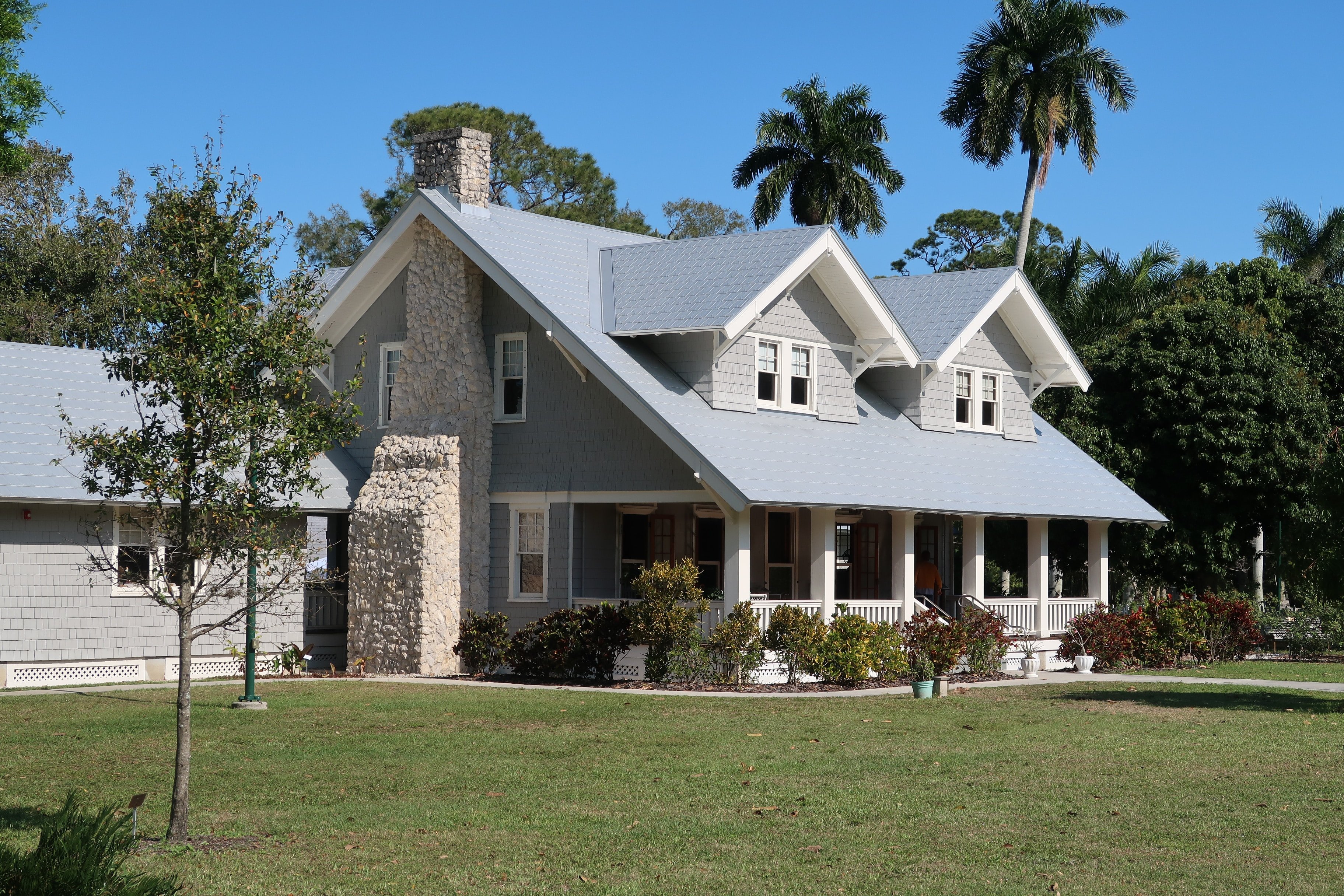
Galvalume roofing, a popular choice for residential homes and commercial buildings, has gained attention for its unique blend of advantages and disadvantages. This roofing material, composed of steel, aluminum, and zinc coatings, offers a variety of benefits that appeal to home and property owners seeking durability, longevity, and cost-effectiveness.
However, like any roofing material, Galvalume roofing has some drawbacks that need careful consideration. RoofCrafters has been working with Galvalume since we started our business more than 30 years ago, and while it is one of the most popular metal roofing choices, we do think there are some things you want to consider.
That being said, if you’re reading this article, you may be considering Galvalume for your next roofing project. Well, dear reader, you’re in luck! In just a few short moments, you’ll learn what Galvalume roofing is, its advantages and drawbacks, and if a Galvalume roof is right for you. Let’s get started!
Understanding Galvalume Roofing: Composition and Manufacturing Process
Galvalume is a type of material made from a special combination of metals. It's known for its durability and strength, making it a popular choice for protecting buildings from the elements.
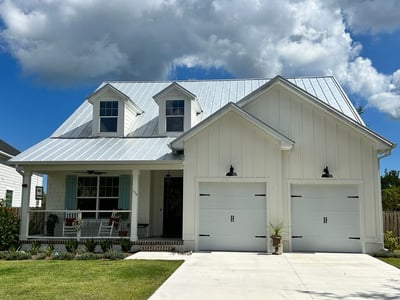
To create Galvalume roofing materials, manufacturers start with a base sheet of cold-rolled steel. This steel sheet is then coated with a mixture of aluminum and zinc through a process called hot-dipping. The steel sheet is continuously dipped into the aluminum-zinc alloy until it's covered with a specific coating composition. This coating typically comprises around 55% aluminum, 43.4% zinc, and 1.6% silicone.
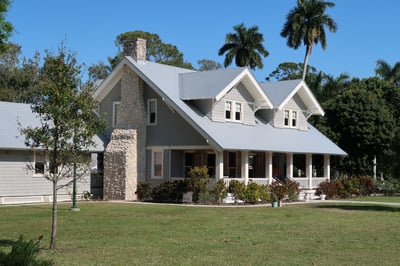
Here’s a selection of some of the most common applications that use Galvalume:
-
Architectural Projects: This includes a wide range of applications, both in commercial and residential settings.
-
Commercial Buildings: Galvalume roofing is found on homes, schools, hotels, factories, retail stores, and more.
-
Residential Projects: It's used for single-family homes, and multi-family housing like apartments, and condos.
-
Structural and Industrial Uses: Galvalume roofing is chosen for warehouses, factories, storage facilities, and similar structures.
-
Agricultural Buildings: It's used in non-animal confinement structures like barns and other agricultural buildings.
-
Miscellaneous Uses: Galvalume roofing finds its way into many other things like accent roofs, pavilions, mailboxes, solar trays, and pre-fabricated flashings.
Advantages of Choosing Galvalume for Your Roof
Guaranteed Quality: One of the key advantages of Galvalume is its substantial 25-year warranty on the main material, known as the substrate. This warranty is sometimes called a perforation warranty. Galvalume systems often include additional paint warranties that safeguard your investment and offer reassurance that your roof or wall will endure. Moreover, owners of non-residential properties can opt for a weathertight warranty for their Galvalume roof, ensuring proper installation following strict guidelines.
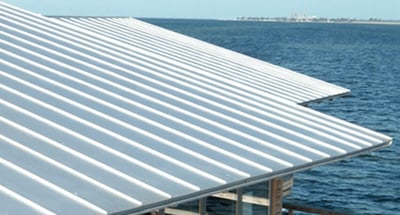
Protection Against Rust & Natural Healing Abilities: Galvalume's special coating blends the strong traits of zinc and its ability to heal itself with the rust-resistant properties of aluminum. These features work together to manage the development of red rust along the visible edges of Galvalume panels. Unlike many steel-based products that often show ongoing edge creep due to exposed steel, Galvalume's process halts this progression. As a result, Galvalume systems are less prone to failure.
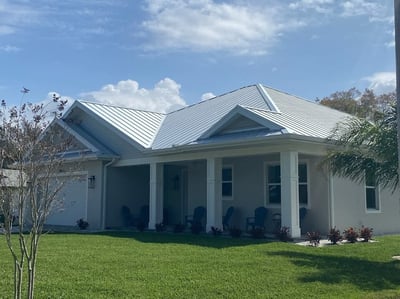
Easy to Install: The two types of installation methods are standing seam and exposed fasteners. Another advantage of Galvalume is its user-friendliness compared to other metals commonly used in roofing. Installers have fewer concerns about leaving marks, dents, or deep scratches on Galvalume panels because they are more durable and forgiving. Additionally, Galvalume doesn't impose stringent demands for ventilation or air gaps. Galvalume is a common choice for metal roofing and typically doesn't necessitate intricate installation instructions or special requirements.
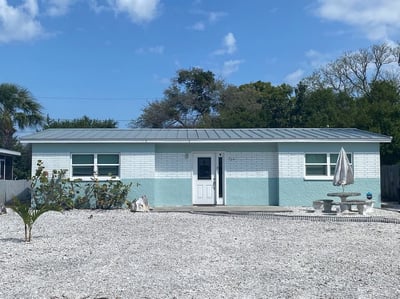
Cost-Effective & Competitive Pricing: Generally, Galvalume offers good value and is among the more budget-friendly metal options for roofing materials, particularly when compared to aluminum. The average price range for a standing seam Galvalume roof on a 2000 square foot home is $42,000.
Challenges and Limitations of Galvalume Roofing
Not Suitable for Coastal Areas: Galvalume's coating is not designed to withstand the challenges posed by coastal environments, including properties exposed to crashing waves, expansive bays, marshes, and other coastal settings. In particular, the salty sea air can deteriorate the Galvalume coating, causing early harm to roofs and walls. Properties situated within a specific distance from the coastline are advised to opt for an engineered aluminum roof system. Aluminum is better equipped to resist corrosion and rusting caused by saltwater over an extended period.
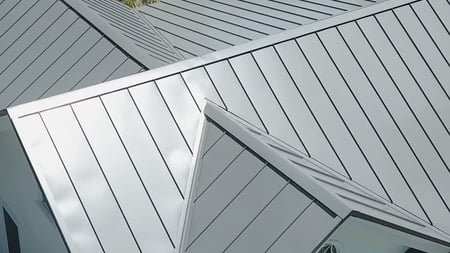
Weighs More than Aluminum: Considering the weight of roofing materials, there are advantages such as durability and easy installation, but disadvantages like added stress on the building's structure. Generally, metal roofing is much lighter than asphalt shingles. When compared to Galvalume, aluminum is lighter. A standard 24-gauge Galvalume roof typically weighs 1 to 1.5 pounds per square foot for a completed panel. In contrast, a .032 aluminum roof weighs less than half of the weight of the same 24-gauge Galvalume panel.
May Interact With Other Materials: Galvalume performs optimally when it's not in direct contact with certain building materials, like concrete, treated lumber, copper, lead, bricks, and iron. If Galvalume comes into contact with any of these materials and is then exposed to water or an electrolyte, it can result in galvanic corrosion of the metal, potentially causing the roof system to fail.
Assessing if Galvalume Roofing Fits Your Needs
Galvalume is a great roofing choice for many home and business owners alike. Remember, though, that if you're using various types of building products, it's essential to verify with manufacturers that their products are compatible. For example, be cautious if you're considering a metal roof with wood shingles. Some wood shingles are treated with chemicals that can react negatively with the metal roof, causing issues.
And, as you now know, Galvalume roofing presents a compelling package of advantages and disadvantages that require thoughtful assessment before making a roofing choice. Its corrosion resistance, durability, and versatility make it an attractive option for various residential and commercial applications. The ability to blend the strengths of steel, aluminum, and zinc coatings results in a roofing material capable of withstanding diverse weather conditions.
However, it's essential to acknowledge its potential shortcomings, such as its interaction with specific materials and its susceptibility to dents. By weighing these pros and cons against your specific project requirements and environmental conditions, you can determine whether Galvalume roofing aligns with your goals for a resilient and enduring roofing solution. If you’re interested in learning more about Galvalume, be sure to hit the “Schedule an Inspection” button down below, and one of our roofing experts will provide you with their professional opinion about this metal roofing option, and if it’s a good fit for your home or business!
My name is Kevin Mills, and I am the lead estimator for RoofCrafters’ Tampa division. I’m originally from Michigan, and I enjoy hunting, fishing, and spending any free time outdoors. What I’m most passionate about, though, is helping business owners and homeowners alike achieve their roofing goals, all while providing a seamless customer journey.



